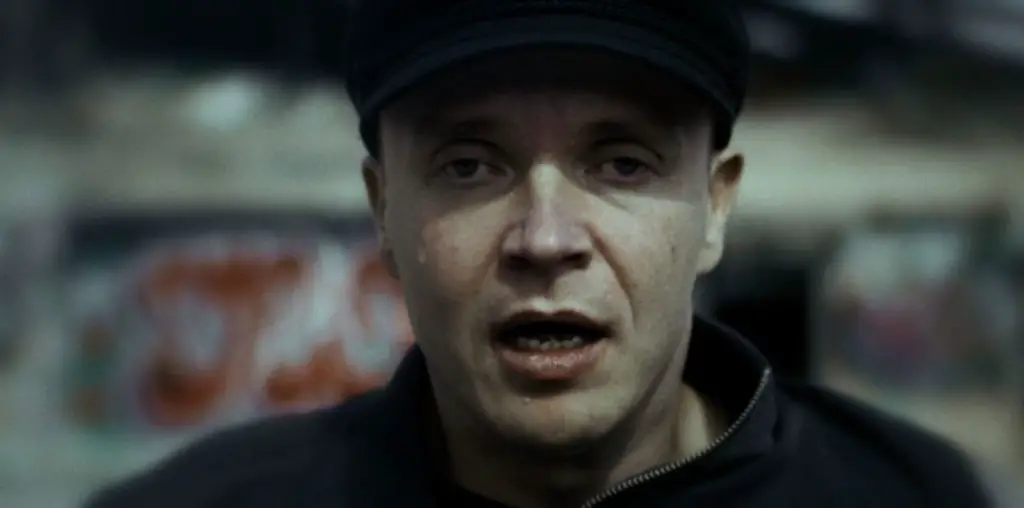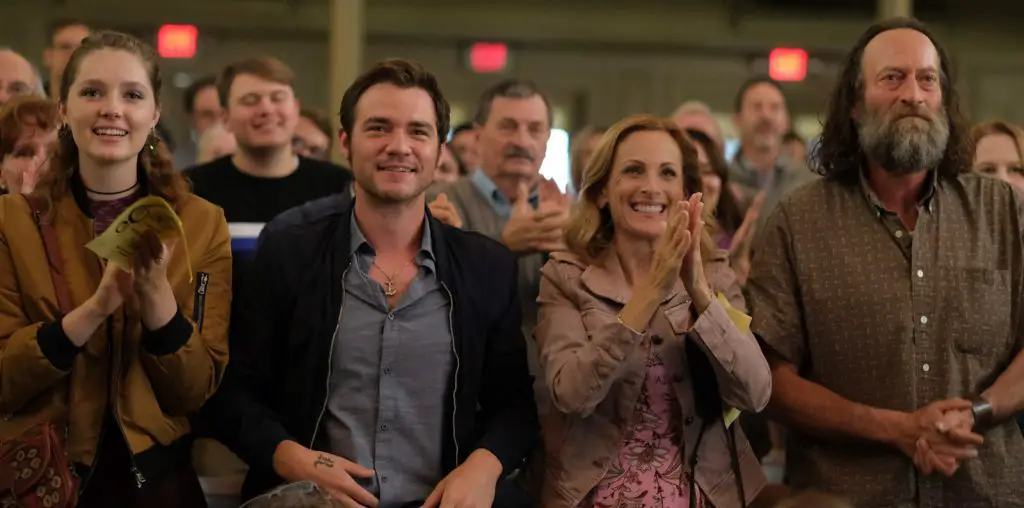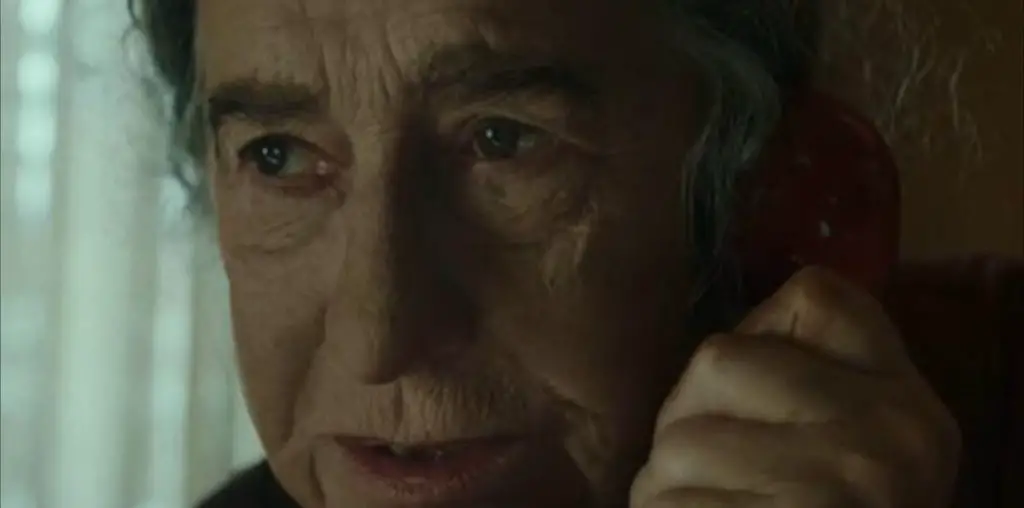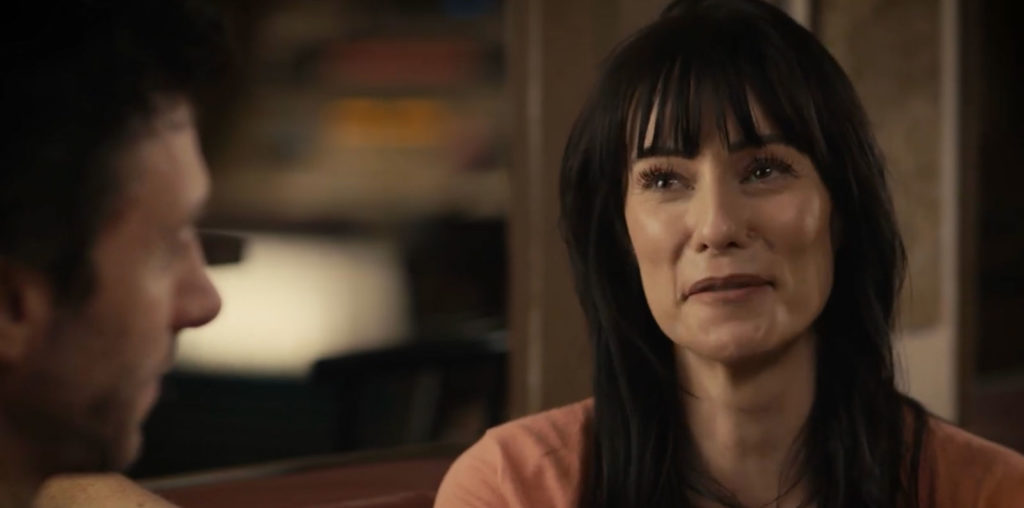
Hey there, movie buffs! Have you ever noticed how some films beautifully spotlight hearing challenges, creating unforgettable cinematic moments that resonate with audiences? In this article, we will explore how movies have depicted deafness and hearing impairment, offering you a fresh perspective on this important theme.
Silent Stories: The Power of Deaf Characters
In cinema, characters are our windows into different lives, experiences, and perspectives. Films that feature deaf or hearing-impaired characters give us a unique opportunity to step into their shoes and witness their journey.
One shining example is the 2017 film “Wonderstruck.” This enchanting tale follows two children from different eras, both deaf, as they embark on quests to find their places in the world. Through their eyes, you experience the challenges and triumphs of living with deafness. The film’s use of silence and expressive visuals draws you into their world, creating empathy and understanding.
Another gem is “Children of a Lesser God” (1986), which earned Marlee Matlin an Academy Award for portraying a deaf woman working at a school for the deaf. Matlin’s performance not only highlighted the talent within the deaf community but also brought the struggles and resilience of deaf individuals to the forefront of cinema.
Breaking Sound Barriers: Deaf Culture and Sign Language
Movies have also played a pivotal role in shedding light on the rich culture and language of the deaf community. They’ve shown us that communication isn’t limited to spoken words and that sign language is a vibrant, expressive means of connection.
Remember the heartwarming animated film “The Silent Child” (2017)? It tells the story of a young deaf girl named Libby and her journey to learn sign language with the help of her sign language teacher. Through this touching narrative, the film not only raises awareness about the importance of early language acquisition for deaf children but also showcases the beauty and significance of sign language in deaf culture.
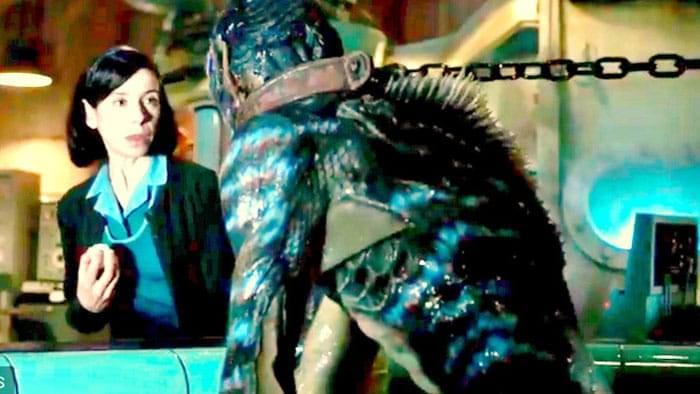
And who could forget the iconic scene in “The Shape of Water” (2017), where the main character, Elisa, who is mute, communicates with the aquatic creature using sign language? This powerful moment serves as a reminder that communication transcends spoken words and that understanding can be found through alternative means.
A World Without Sound: Deafness as a Cinematic Metaphor
Sometimes, filmmakers use the absence of sound to create memorable cinematic moments. They employ silence to evoke powerful emotions and convey profound themes. The absence of sound becomes a metaphor for various aspects of life, not just hearing challenges.
Take, for instance, the opening sequence of “A Quiet Place” (2018). In a world terrorized by sound-sensitive creatures, the film uses silence as a tension-building tool. Every rustle and whisper become matters of life and death. This unique approach to sound design immerses you in the characters’ struggle for survival and highlights the value of the everyday sounds we often take for granted.

Inclusive Filmmaking: Amplifying Deaf Voices
The world of filmmaking has seen a growing commitment to inclusivity in recent years, and this extends to representing deaf voices and stories. Filmmakers and actors from the deaf community are breaking barriers and bringing authenticity to the big screen.
One notable example is “Sound of Metal” (2020), which follows the journey of a drummer who loses his hearing. The film not only features a deaf actor, Paul Raci but also showcases the deaf culture and the challenges faced by the deaf community. Including American Sign Language (ASL) and the deaf perspective in the narrative adds depth and authenticity to the story.
Moreover, the 2021 documentary “Crip Camp” explores the history of the disability rights movement, including the experiences of deaf individuals. By featuring interviews with deaf activists and incorporating sign language, the film sheds light on the intersectionality of disability and the importance of inclusive storytelling.
Changing Perceptions: Deafness in Mainstream Cinema
The portrayal of deaf characters and hearing challenges in mainstream cinema has the power to challenge stereotypes and change societal perceptions. These films have the potential to educate and foster empathy, promoting a more inclusive and understanding world.
“CODA” (2021) is a prime example. This heartwarming film tells the story of a young girl, the only hearing member of her deaf family. Through her journey, the film highlights the challenges and triumphs of living between two worlds. “CODA” received critical acclaim and highlighted the deaf community’s resilience and unique experiences.
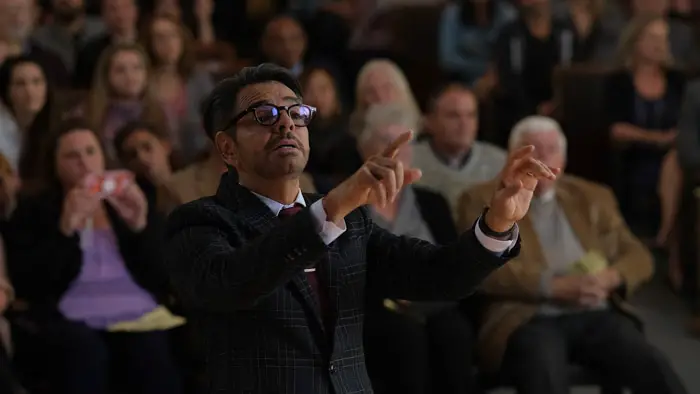
Additionally, “A Quiet Place” (2018) and its sequel, “A Quiet Place Part II” (2021), have sparked conversations about the deaf experience. The films explore the importance of silence and communication in a post-apocalyptic world. Actress Millicent Simmonds, who is deaf, delivers standout performances, proving that deaf actors can take on leading roles in major Hollywood productions.
Educational Impact: Using Films as Learning Tools
Movies that spotlight hearing challenges also serve as valuable educational tools. They can raise awareness about deafness, promote inclusion, and encourage dialogue on important issues within the deaf community and beyond.
Educational institutions and organizations have recognized the potential of these films. For example, schools and universities often incorporate movies like “The Miracle Worker” (1962), which portrays the life of Helen Keller, into their curriculum to teach students about the experiences of individuals with hearing and vision impairments. Such films provide a relatable and engaging way to explore disability studies and foster empathy among students.
Additionally, awareness campaigns and nonprofit organizations leverage the power of film to advocate for deaf rights and accessibility. They organize screenings, discussions, and events that use movies as catalysts for change, bringing communities together to learn and take action.
In conclusion, the impact of films that spotlight hearing challenges extends beyond entertainment. Inclusive filmmaking, changing perceptions in mainstream cinema, and the educational value of these movies contribute to a more inclusive and empathetic society. As you continue to enjoy cinematic experiences, keep an eye out for films that amplify the voices of the deaf community and broaden your horizons.
In Conclusion: A Deeper Appreciation for Hearing Challenges in Film
In WishTV’s comprehensive list, you will find a great collection and a similar conclusion – movies can spotlight hearing challenges, allowing us to connect with deaf characters, understand the significance of sign language, and appreciate the power of silence as a cinematic tool.
These films entertain, educate, and inspire, offering us a deeper appreciation for the diverse experiences of individuals with hearing impairments. So, the next time you watch a movie, keep an eye (or an ear) out for these cinematic moments of deafness that touch your heart and broaden your perspective.
